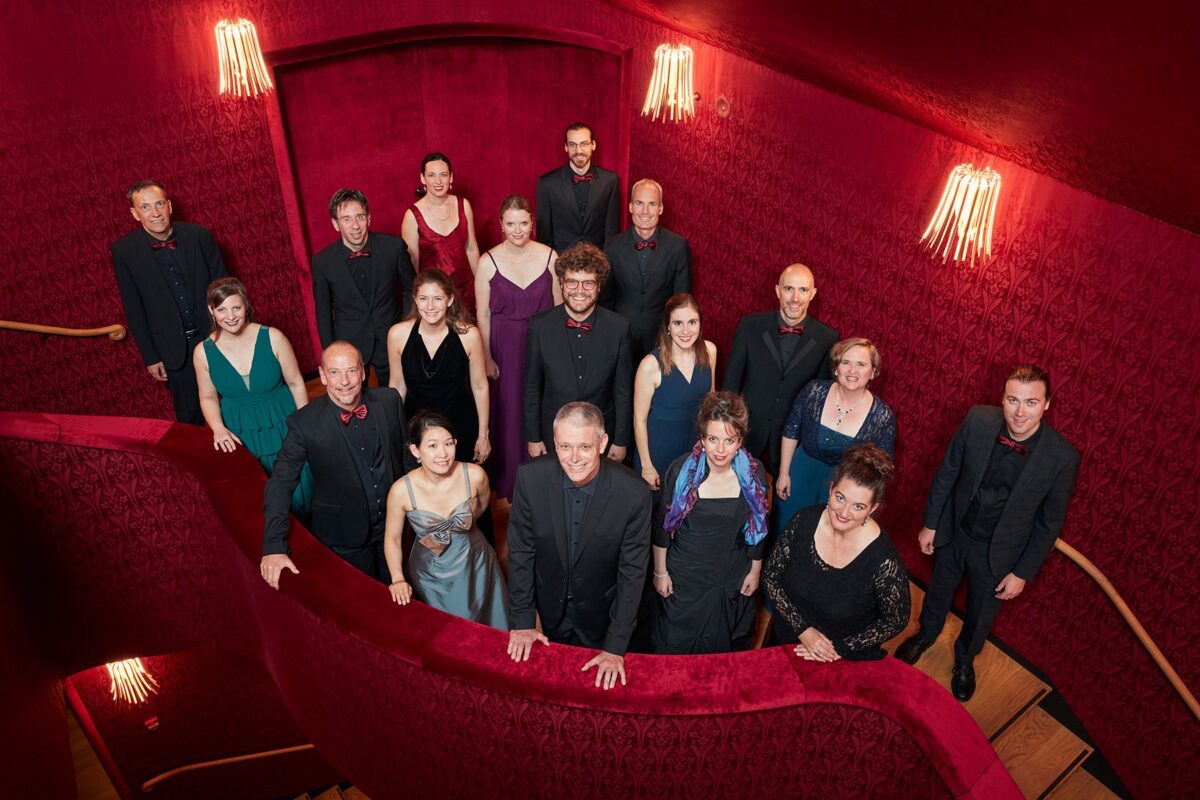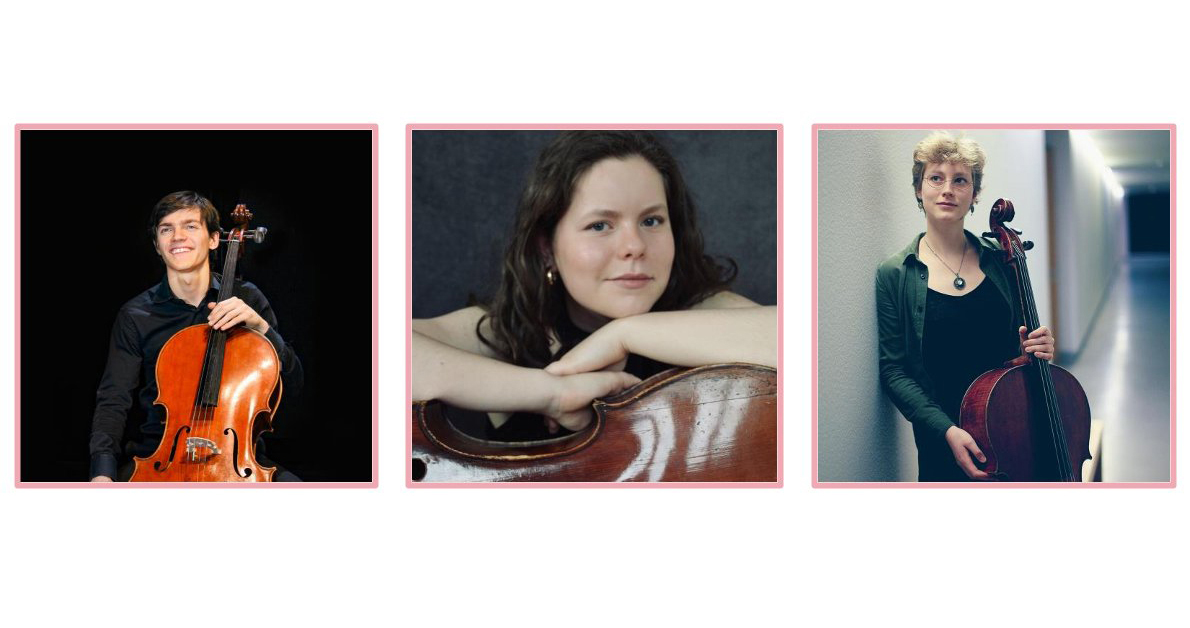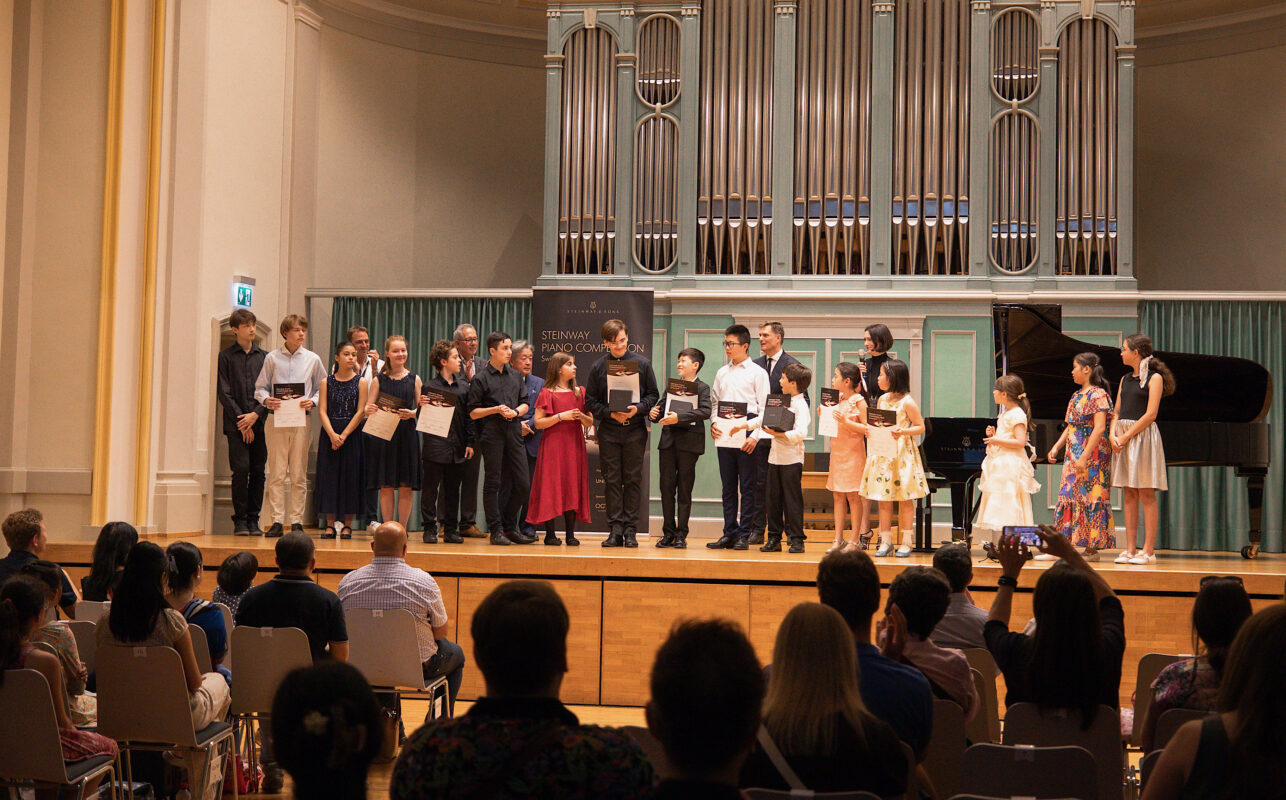Philharmonic queens
Basel (Musiksaal des Stadtcasinos), Geneva (Victoria Hall), Lucerne (KKL), Zurich (Tonhalle); throughout Europe in Essen (Philharmonie), Dresden (Kulturpalast), Duisburg (Philharmonie Mercatorhalle), Hamburg (Elbphilharmonie), Copenhagen (Koncerthuset), Neubrandenburg (Konzertkirche St. Marien), Paris (Auditorium Radio France and Philharmonie), Salzburg (Mozarteum), Vienna (Musikvereinssaal).
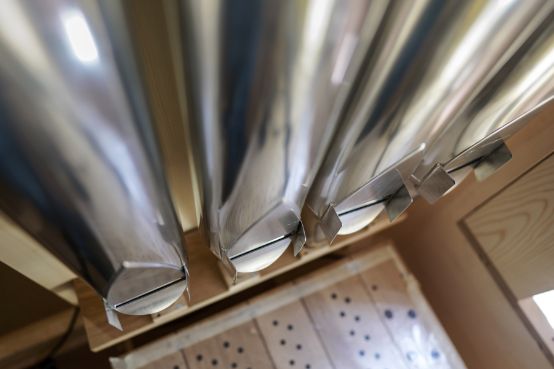
The organ in the church stands on the rood screen or at ground level. In the concert hall, it is enthroned above the orchestra podium. Recently, it has been played from a mobile console with electric action or from an attached console with mechanical action, either as a solo instrument or as an accompanying instrument for choirs and orchestras. The concert hall organ is a genre of its own. Its specification of 70 or more stops, spread over three to four manuals and pedal, is designed to be multifunctional with supporting foundation stops, crowning mixtures and strong reed stops. The key action is digitalized with a modular PLC bus system that allows almost unlimited presettings of entire concert programs via touchscreen display.
Hall acoustics with reverberation times of around two seconds and therefore a much shorter reverberation time than a Gothic cathedral, for example, require a present sound image. The concert hall organ must be able to drown out hundreds of instrumental and vocal voices. Controlled from the organ bench on the podium, the instrument unleashes sound magic ranging from a whisper to a storm at sound pressure levels of a few to over a hundred decibels.
Concert hall organs have come back into fashion after having almost exclusively adorned traditional concert halls as centrally positioned dummy prospectuses. The instruments at conservatories and music academies are also actual concert hall organs. Hall organs are often poorly maintained, rarely tuned and their action is worn out. The organs in the Concertgebouw in Amsterdam, the Smetana Hall in Prague or the Art Nouveau Palau de la Musica in Barcelona are rarely heard. They seem to have become accustomed to their Sleeping Beauty existence.
From Neubrandenburg to Copenhagen
The function of a concert organ is only being reconsidered in new buildings or renovations of cultural centers. In 2004, the Kuhn Männedorf company built an organ for the Essen Philharmonic Hall an organ with 62 stops and 4502 pipes on three manuals and pedal. The 61 pipes of the 8-foot "Tuba en chamade" Hauptwerk stop protrude horizontally from the façade. The action of the console on the small gallery is mechanical, that of the mobile console on the podium is electric.
In 2009, the Eule company from Bautzen in eastern Germany built the organ in the Philharmonie Mercatorhalle Duisburg in the style of an English town hall organ. In the United Kingdom in the 19th century, the tradition of popular town hall organ concerts was cultivated. For example, William Thomas Best, who inaugurated the organ in the Crystal Palace in 1871, gave virtuoso organ performances in St. George's Hall in Liverpool. The organ in London's Royal Albert Hall is still celebrated today at the spectacular Proms Concerts. The Duisburg concert organ was modeled on the organs of the Kinnaird Hall in Dundee, Scotland (Harrison & Harrison 1923) and the Usher Hall in Edinburgh (Norman & Beard 1913). The Mercator Hall organ with its 72 stops spread over four manuals and pedal sounds broad and voluminous.
In 2010, the Vorarlberg-based company Rieger built the Golden Hall of the Vienna Musikverein an organ with 6138 pipes and 81 stops in the historic façade of the first organ, designed by Friedrich Ladegast from Weissenfels in 1872. And in the same year, Eule Bautzen built a three-manual organ with 51 stops and mechanical action in the hall of the Mozarteum in Salzburg.
-
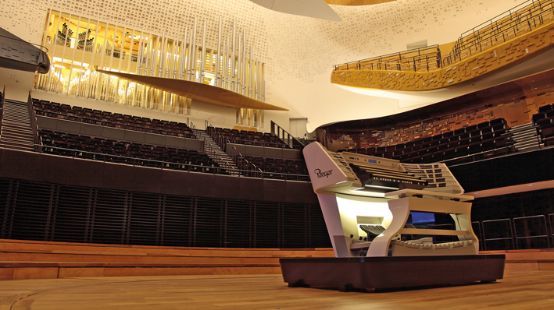
- Photo: Rieger-Orgelbau
- The Rieger organ in the Philharmonie de Paris built by Jean Nouvel
The organ, built in 2009 by Orgelbouw Van den Heuvel (Dordrecht), has 91 stops spread over four manuals and pedal in the 2000-seat Koncerthuset Copenhagen. The three works Positif, Récit and Solo expressif are built into swell boxes in order to blend their sounds in a graduated manner. The Cor Harmonique stands out in the Positif as a kind of Spanish trumpet, while the Tuba Mirabilis and Tuba Magna are intoned according to the English model.
Two new concert hall organs were built in Paris: the organ built in 2014 by Gerard Grenzing, based in El Papiol near Barcelona, in the Auditorium Radio France with 86 registers and 5320 pipes as well as in the 2500-seat Philharmonic Hall the organ built in 2015 by the Vorarlberg company Rieger, voiced by Michel Garnier, with 6055 pipes and 91 stops spread over 4 manuals and pedal.
The organ in Hamburg's Elbphilharmonie was built in 2017 by the Johannes Klais organ building workshop in Bonn. The ranks of pipes in the open, square case (15 x 15 meters) are arranged over three levels. The front pipes are specially coated for touching. The 4765 pipes and 69 stops are assigned to four manuals (choir, Hauptwerk, Schwellwerk, Solowerk) and pedal. From the height of the acoustic reflector, the Fernwerk with four powerful reed stops radiates over the vineyards of the Rundherum concert hall. The Klais organ can be played from the attached console with mechanical action or from the mobile console on the podium with electric action.
Dresden has its Palace of Culture from GDR times with a new 1800-seat concert hall and an organ designed in 2017 by Hermann Eule Bautzen, also based on the principle of English town halls. The 4109 pipes of the 67 stops are distributed across four manuals and pedal and are assigned to the mobile console with electric action.
-
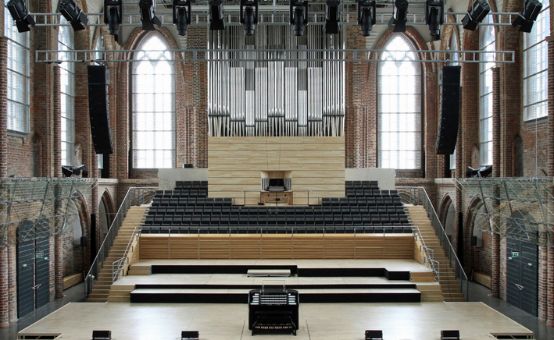
- Photo: Martin Döring
- The organ by Schuke, Berlin and Klais, Bonn in the concert church in Neubrandenburg
The 800-seater concert church is the brick St. Mary's Church in Neubrandenburg has been rebuilt. The companies Karl Schuke, Berlin, and Johannes Klais, Bonn, jointly built the organ, which was inaugurated in July 2017, behind a wooden façade that rises up to 12 meters high. Its 2852 pipes are distributed across 70 stops, four manuals and pedal and can be played on two consoles.
From Geneva to Zurich
After the fire in the 1894 Victoria Hall Geneva In September 1984, the organ also had to be rebuilt. The Dutch company Van den Heuvel built an instrument with 71 stops on four manuals and pedal in the style of an Aristide Cavaillé-Coll. The organ, which was enthroned above the concert stage in 1992, has a mechanical action equipped with a pneumatic playing aid (Barker lever).
Designed by architect Jean Nouvel and acoustician Russell Johnson, the Salle blanche des KKL Lucerne In the summer of 2000, the company Goll, Lucerne, installed an organ with 66 stops on four manuals and pedal. Since fall 2017, it can also be played at the console on the podium.






